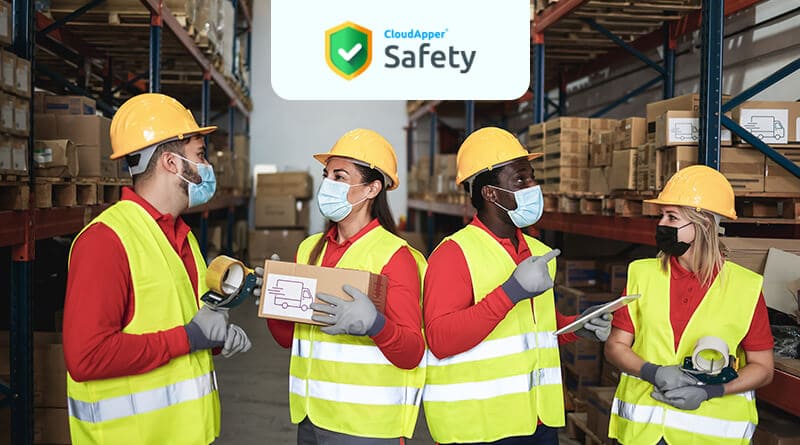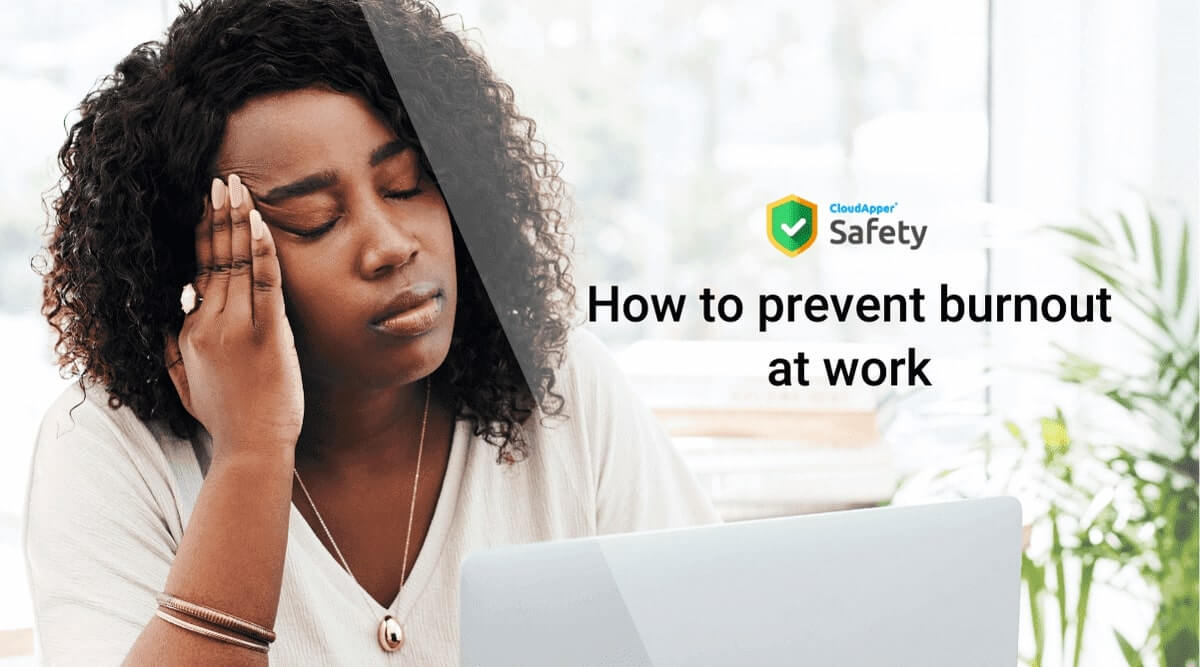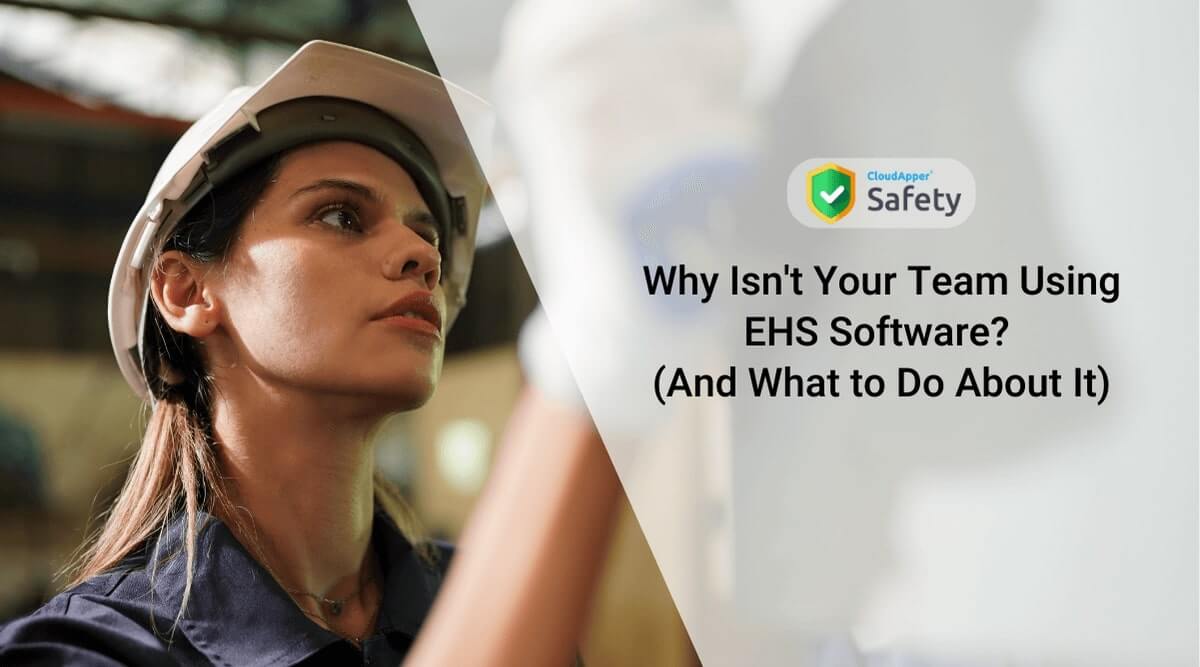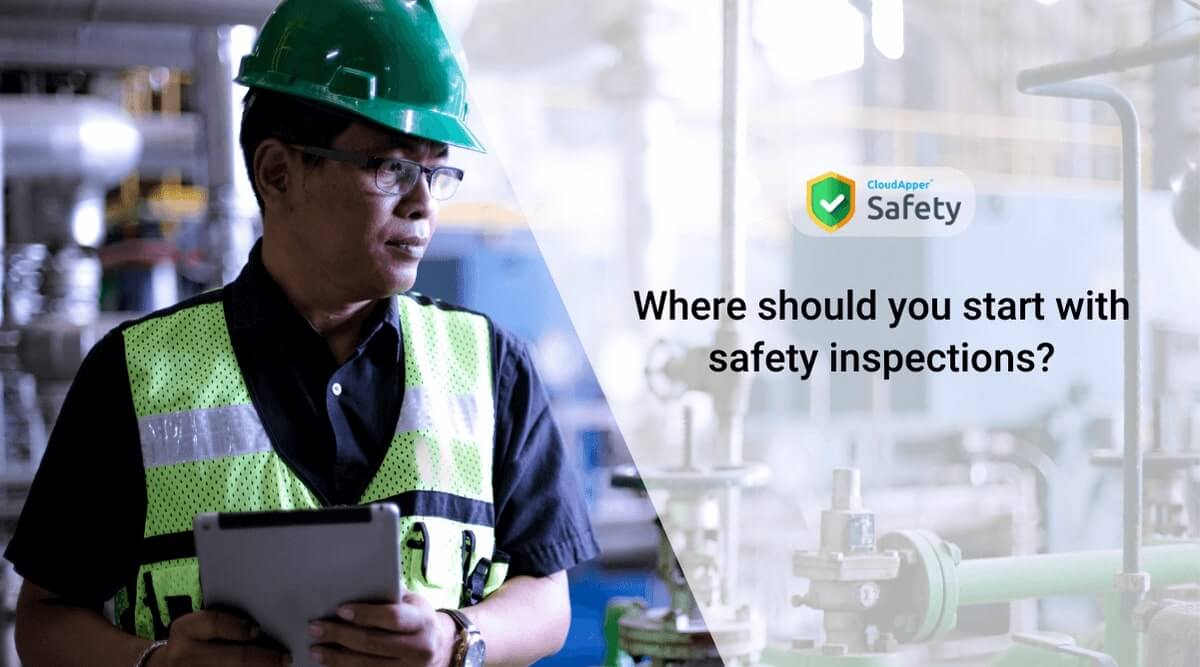Table of Contents
Toolbox talks, often known as workplace safety moments, can cover a wide range of issues. These are regular occasions for coworkers to talk about workplace safety issues, such as dealing with workplace risks or practicing healthy work behavior.
Workers’ commitment to creating a safety culture, both at work and on dangerous working sites, is strengthened by safety discussions. A well-thought-out safety meeting should include the following elements:
- People are informed about occupational hazards and safety training
- Allows you to assess previous safety-related occurrences
- Maintains people’s attention and awareness of potential dangers
Topics for safety meetings might range from how to avoid carpal tunnel syndrome to outlining COVID-19 business protocols. The crucial thing is that everyone in your organization considers safety on a regular basis. As a workplace safety and incident management app, that is our mission.
So, what are some appropriate safety issues to include in your toolbox sessions or discussions? Here are ten workplace health and safety topics to keep your employees focused on avoiding injuries and accidents in the workplace at all times.
1. Personal Protective Equipment
One of the most straightforward ways to safeguard your employees’ safety is to have them wear personal protective equipment (PPE) properly. Prescription lenses, protective hearing devices, foot and arm protection, and other protective equipment must all be advised and trained on.
If there’s a risk of falling objects in the workplace, then it’s a good idea to have employees wear hard hats. To avoid scratches, cuts, or dangerous infections, remind them to use face shields and gloves.
2. Ergonomic Stress
Ergonomic stress can result in both long-term and short-term injuries. In order to prevent ergonomics risk factors in the workplace, employees need to be aware of them. Repetitive work, overexertion, and continuous uncomfortable postures can result in injury or pain that lasts a lifetime. To avoid ergonomically-caused injuries, workers should stretch, exercise, and strength train on a regular basis.
A large percentage of occupational health disorders are caused by work-related stress, exhaustion, despair, and anxiety. Workload inconsistencies, toxic cultures, irregular breaks, and a variety of other issues can all lead to stress and discomfort. To minimize work-related stress, try the following:
- Request assistance
- Clearly communicate problems
- Try meditating and other relaxation methods
A healthy work environment is maintained through developing a work culture that facilitates stress and work-life balance discussions.
3. Drugs in the Workplace
Employees who use drugs at work have a far higher risk of getting hurt. Using drugs while working has numerous negative consequences. Job turnover, lost time, diminished attentiveness and productivity, unexplained absences, and increased accident vulnerability are just a few examples. It’s critical to raise awareness of these risks by including them in your safety meetings.
4. Workplace Violence
Employees, consumers, visitors, or clients involved in any type of inappropriate behavior might result in workplace or occupational violence.
Physical violence, harassment, intimidation, or even homicide are all examples of this violence. Organizations’ policies and procedures for dealing with violent incidents on the job should be discussed at safety meetings.
5. Electricity and Fire Protection
It’s important for employees to know what to do in the event of a workplace fire. Safety meetings provide an opportunity to discuss themes such as minimizing the impact of a fire, preventing it from spreading, and saving lives. It’s also beneficial for employees to be aware of the following:
- Location of fire extinguishers
- Ways to use fire extinguishers
- Quick evacuation routes
Electricity-related accidents are usually severe. It is critical to understand how to use electrical equipment and devices safely at work. Any safety meeting should include a discussion of the risks of not wearing suitable protective gear or being reckless with electrical wires.
6. Costs of Workplace Accidents
Accidents can cost a lot of money for both the company and the workers affected. Every pre-work safety meeting must include a discussion of accidents. Employees should understand how and why workplace accidents occur, as well as what they can do to avoid them.
Workers should have sufficient reporting processes in place in the event of an accident. The ideal place to familiarize employees with workplace accident reporting procedures is at a safety meeting.
7. Heat Exhaustion and Heat Stroke
The inability of the body to cool down and regulate its internal temperature causes heat exhaustion. It is usually associated with prolonged exposure to high temperatures, which dehydrates the body.
Heat exhaustion can progress and lead to heat stroke if left untreated. Heat strokes can be fatal if not treated promptly. It’s critical that your personnel are aware of the signs and symptoms of heat stroke and ways to avoid it.
8. Accidents at Work
Accidents or injuries at work might occur for a variety of causes. The following are some of the most common causes:
- Trips and falls
- Lifting
- Being hit by unguarded machinery or falling objects
- Violent acts in the workplace
- Stress, fatigue, and overexertion
- Vehicle-related mishaps
- Repetitive motion injuries
- Exposure to hazardous materials
An essential part of a safety meeting should be discussing how such injuries occur and what workers can do to avoid them. Organizations should educate employees on safety practices and training to keep them safe on the job.
9. Silica Dust and Safety
Long-term exposure to crystalline silica particles can cause serious and deadly illnesses. Chronic silicosis, interstitial lung disease, and even cancer are examples. Silica-related disorders are more common in people who work in the mining, steel, glass, and construction industries. Safety meetings are required in certain businesses to address how personnel can protect themselves from silica dust.
10. Concerns Regarding Communication and Safety
Workplace accidents can be caused by a lack of communication among employees. Toolbox talks, or pre-work safety meetings, are an effective way to clarify the duties and responsibilities established in a company’s safety program.
Occupational Safety and Health
Safety and health at work are shared responsibilities. Employers and employees both have a part to play in keeping the workplace safe. Topics for meetings such as the ones listed above are an excellent method to convey these duties.
It is the responsibility of the business owner to ensure that employees are working in a safe environment. This is usually accomplished by putting in place safety protocols. Employers are also required to carry workers’ compensation insurance.
Employees should be aware of how the day’s work will be completed, who is responsible for what, and the overall safety procedures. People should have additional effective modes of communicating in case verbal communication fails.
How to Communicate Workplace Safety Practices Effectively
It is inefficient and not effective to communicate a pre-work or pre-meeting safety moment just for the sake of it. It’s also crucial to know how to convey information regarding workplace risks and safety training, especially in the age of COVID-19 testing. This ensures that time spent on workplace safety subjects for meetings benefits both workers and management.
To run a successful workplace safety moment, aim to do the following:
- Engage your audience — A safety briefing, or the first few minutes of a meeting, should be a two-way dialogue between you and your employees. Instead of talking to them, talk with them. Recognize their concerns and give them the opportunity to ask questions.
- Not giving them manuals to read – The prospect of reading from a safety manual is unappealing. It demonstrates your lack of planning for a productive and interesting dialogue.
- Make a schedule — It’s preferable to plan ahead. Demonstrating what you’re trying to educate is also more effective.
- Discuss relevant safety issues – Do not discuss topics that are unrelated to your employment.
CloudApper Safety At Your Service
At CloudApper Safety, we value safety and work to establish a safer workplace without the administrative burden. Our simple mobile app for OSHA record-keeping and workplace injury and illness allows your staff to easily log occurrences, accidents, near misses, and observations wherever they happen. It’s never been easier to comply with safety regulations in order to avoid penalties and decrease operational costs!
What is CloudApper AI Platform?
CloudApper AI is an advanced platform that enables organizations to integrate AI into their existing enterprise systems effortlessly, without the need for technical expertise, costly development, or upgrading the underlying infrastructure. By transforming legacy systems into AI-capable solutions, CloudApper allows companies to harness the power of Generative AI quickly and efficiently. This approach has been successfully implemented with leading systems like UKG, Workday, Oracle, Paradox, Amazon AWS Bedrock and can be applied across various industries, helping businesses enhance productivity, automate processes, and gain deeper insights without the usual complexities. With CloudApper AI, you can start experiencing the transformative benefits of AI today. Learn More


















